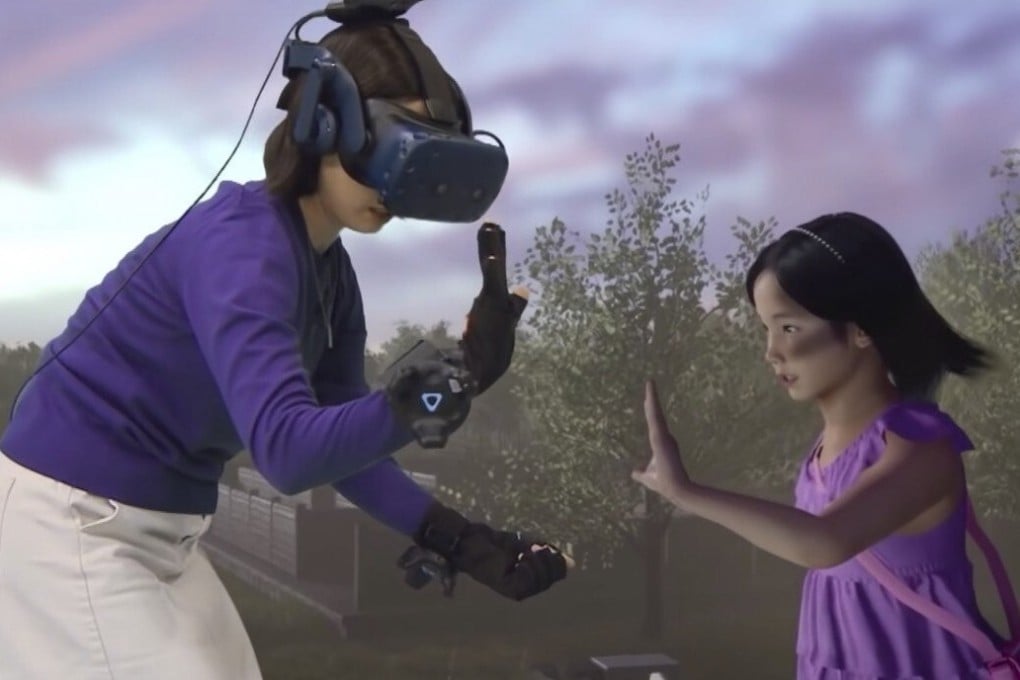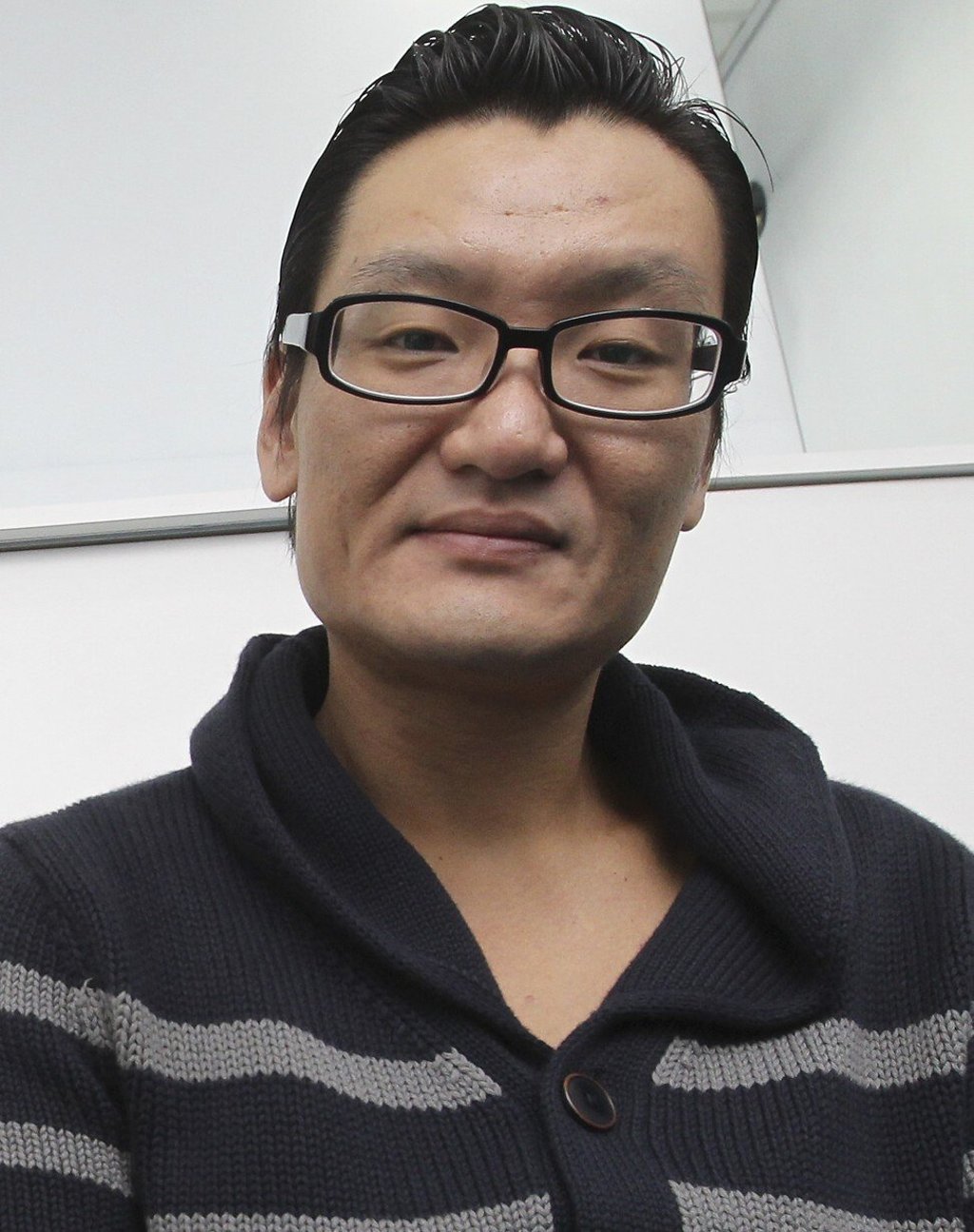How AI, virtual reality and augmented reality will improve social services: the future of health care in the 5G era
- The advent of 5G digital technology will expand the ways social services can be provided, a Hong Kong expert believes
- Services moved online amid the coronavirus pandemic, and soon a doctor anywhere in the world will be able to conduct virtual home visits for the vulnerable

When Korean television show Meeting You, in February this year, helped a mother “reunite” with her deceased seven-year-old daughter using digital technology, it was considered a groundbreaking moment.
This is just one of the ways digital technology will benefit people who need support, counselling and social services in the not-too-distant future, says Dr Paul Wong Wai-ching, principal investigator of JC A-Connect: Jockey Club Autism Support Network – a project to enhance support for children with autism and developmental delays, as well as their carers.
“The sky’s the limit; I think there will be more options for service users soon. But how innovative these services will be depends on how many resources are available to us, especially if we wish to provide services like they have in South Korea. It also depends on how receptive service users are,” Wong says.
